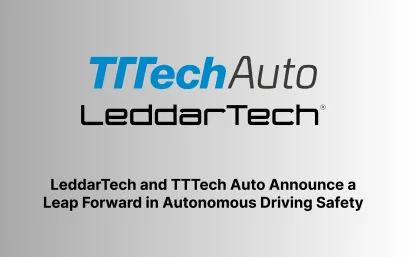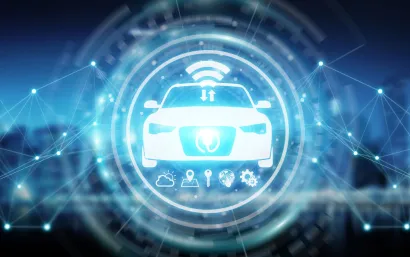- This commentary has been published first at Automotive News Europe -
The road to industry standards in the automotive industry is never smooth. Consider the differences in charging standards for electric vehicles. Depending on the vehicle and the country it is in, it might use direct current for fast charging and/or alternating current. And the connecting plugs vary for cars by country and even region. As the autonomous vehicle industry finds its way toward full autonomy, it will need to work more collaboratively on some of the most safety-critical aspects of these vehicles to avoid this type of chaos.
In order to ease a transition in the industry and enable the delivery of the safest possible autonomous mobility safety in a productive manner, we must first define a common set of principles and standards globally. This not only will reduce the time and financial investment required of individual companies, but also will reduce risk.
What slams the brakes on Level 4 autonomy?
Secretive, siloed development practices threaten to slow down future advances as we approach Level 4 autonomy.
Ricky Hudi, Chairman of The Autonomous
We are at a crossroads in the development of the key software and hardware underpinning safe electronic vehicle architectures, artificial intelligence, lidar sensors and similar technologies as well as the regulations that will oversee the industry. The secretive, siloed development practices that served the autonomous vehicle industry well on innovation now threaten to slam the brakes on future advances as we approach Level 4 autonomy.
While individual contributions can come to market quickly, they prevent standardization and best practices from forming. Many companies are duplicating efforts to develop the security platforms that will keep these vehicles protected from hackers, malware and other threats to software that could cause an auto to malfunction, crash or worse. Collaborating as an industry on such important foundational technologies will not only help the industry align on standards and practices but also can distribute development costs among multiple companies and bring the industry as a whole, rather than individual players, forward.
A sea change in automotive development
Such collaboration would represent a sea change in the automotive industry's approach to development in which an automaker and its suppliers cooperate to put competitive and differentiated solutions to market. To reach Level 4 autonomy -- defined as a vehicle that does not require human interaction to operate, as it is programmed to stop itself should any system fail -- will require collaboration across the wide ecosystem of vehicle manufacturers, standards bodies, government and regulatory organizations, as well as industry organizations.
This type of wide industry collaboration on safety technology will open new business models and support the extension of the autonomous vehicle's life cycle through methods such as over-the-air software updates. Showing solidarity and a willingness to work together to advance AV technology would also demonstrate to consumers that the industry is working in the best interest of society.
Working together will ensure that the industry arrives at its ultimate destination - fully autonomous vehicles - safely.
Interested in contributing to the industry discussion? The Autonomous Main Event 2022 is coming up on September 27 in Vienna and virtually – come join us!



